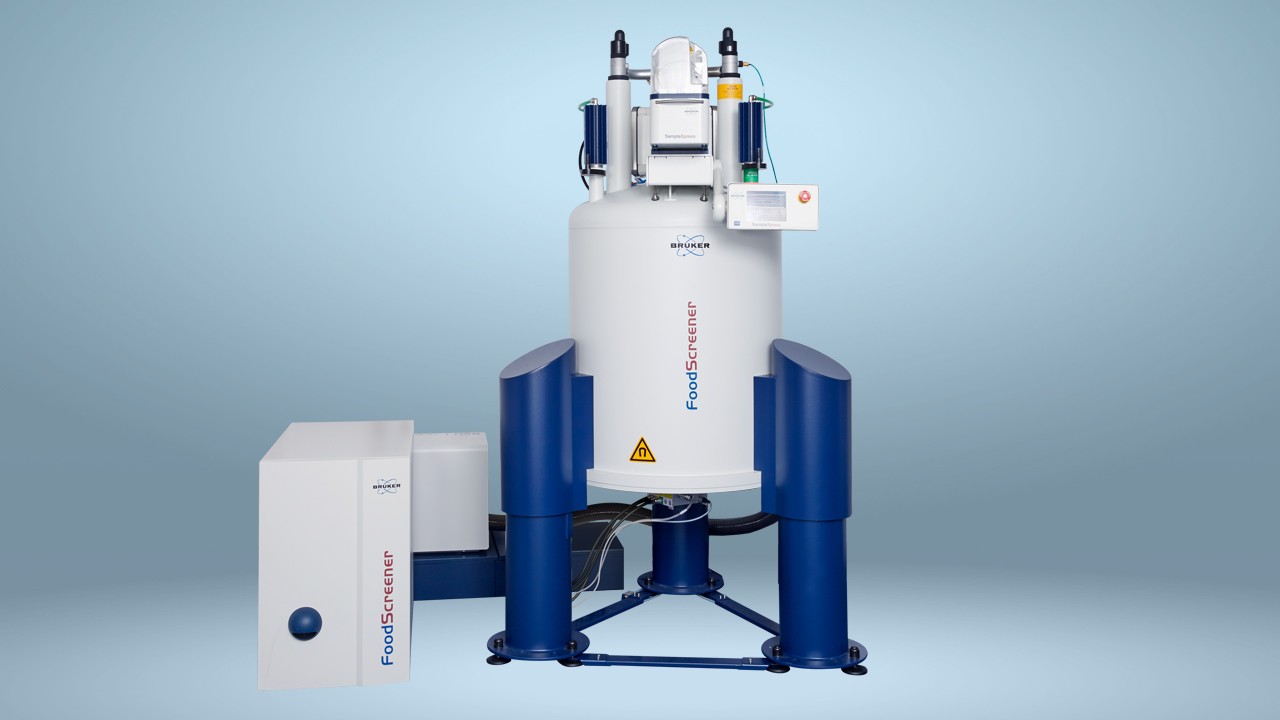

Black Tea Metabolites can be Extracted from Urine to Avoid De Novo Synthesis
“Preparative isolation of urinary metabolites of polyphenolmetabolites from urine can be achieved by combining SPE for sample clean up, fractionation using a preparative LC column (coupled to MS) and subsequent purification”
Tea is one of the most popular beverages consumed around the world. It claims an impressive list of health benefits, including improved cardiovascular health, reduced fasting blood glucose levels, lowered cancer risk, relaxation of airways and improved digestion. In addition, it has antioxidant, antibacterial and stress relieving qualities.
Since the direct bioavailability of tea polyphenols is low, it is thought that the beneficial properties of tea are the effects of metabolites that readily enter the circulation. In particular, the polyphenol metabolites have been identified as candidates for providing the health benefits of tea. Specific interactions of conjugated valerolactones, the earliest products from black tea polyphenol catabolism, with a range of organs have been proposed as the underlying mode of action.
Clarification of the precise underlying mechanisms of actions giving rise to the positive effects of the polyphenol metabolites from tea has been hampered by difficulties in isolating the polyphenol metabolites for study. A new extraction workflow has recently been developed to facilitate the preparation of tea polyphenol metabolites for structural elucidation and assessment of in vitro bioactivity.
Conjugated valerolactone metabolites of catechin‐based polyphenols were isolated from the urine of black tea consumers using a solid phase extraction‐preparative liquid chromatography–mass spectroscopy (MS)–– liquid chromatography-MS‐nuclear magnetic resonance (NMR) workflow.
Conjugated valerolactones were obtained from the preparative liquid chromatography separations by MS‐guided collection using a Bruker MicrOTOF II mass spectrometer. The compounds obtained were identified and quantified by 1D, 1H and 13C NMR using a Bruker Avance III 600 NMR spectrometer equipped with a 5‐mm cryoprobe.
The NMR spectra revealed that five conjugated valerolactone metabolites were collected in quantities of 8–160 μg with purities of 70–91%.
The clean-up of the urine and concentration of the metabolites using solid phase extraction prior to the isolation effectively removed the high background levels of semi-polar metabolites, and the use of a preparative LC column instead of an analytical column significantly reduced the time required to isolate sufficient quantities of metabolite for NMR analysis.
The novel workflow is thus suitable for isolating metabolites that occur at sub‐μM concentrations in a complex biofluid such as urine. It provides a cost-effective and simple alternative to cumbersome and expensive de novo synthesis of tea metabolites, which will increase the availability of these compounds for investigation in bioactivity assays or for use as authentic analytical standards for quantification by mass spectrometry.
Resources:
De Roo N, et al. Full 1H and 13C NMR spectral assignment of conjugated valerolactone metabolites isolated from urine of black tea consum ers by means of SPE‐ prepLC–MS–LC–MS‐NMR. Magn Reson Chem. 2019;1–10. https://onlinelibrary.wiley.com/doi/epdf/10.1002/mrc.4833


